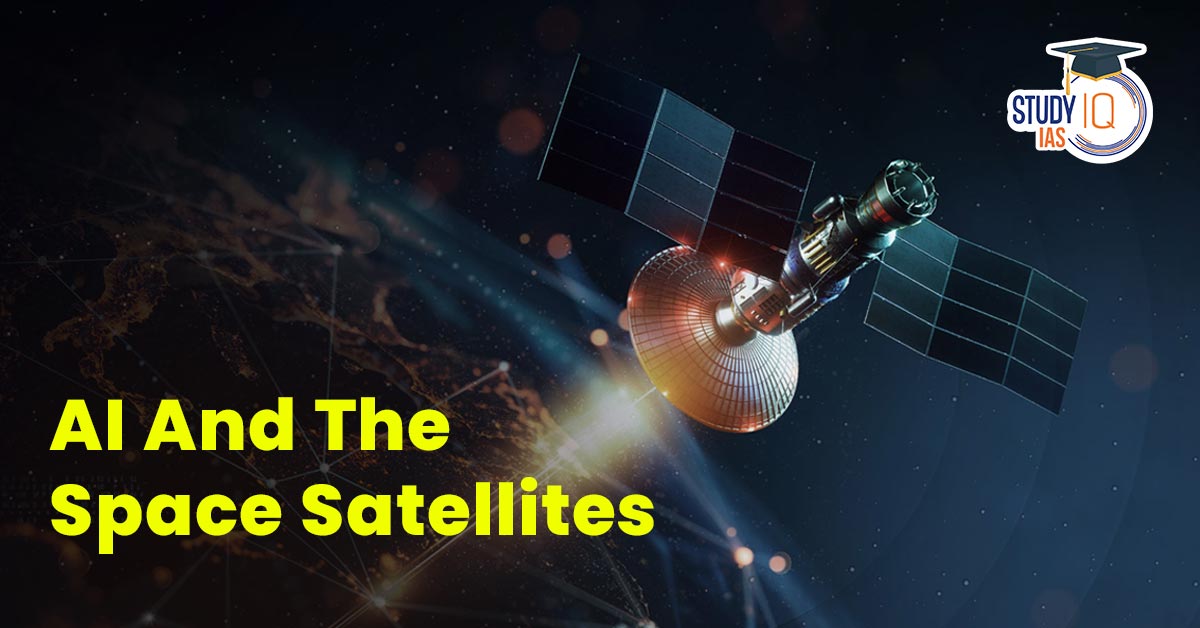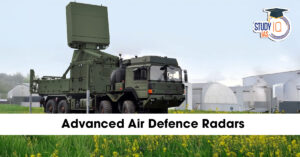Table of Contents
Context: AI is revolutionising satellites, but it also introduces novel risks, legal dilemmas, and geopolitical uncertainties which need urgent regulation.
AI Technology in Space Satellites: Applications
- Autonomous Operations: Independent manoeuvring, docking, in-orbit servicing, and debris removal (e.g., SpaceX uses AI for satellite collision avoidance).
- Self-Diagnosis & Repair: Detecting internal faults and executing fixes without ground control.
- Optimized Route Planning: Real-time orbital adjustments to avoid collisions or conserve fuel.
- Geospatial Intelligence: Real-time detection of disasters or events and intelligent coordination among satellites.
- Combat Support: Autonomous threat detection and tracking for defence and reconnaissance missions.
Challenges and Issues
- AI Hallucinations and Misjudgments: AI systems can misclassify harmless objects (e.g., commercial satellites) as threats, leading to unintended evasive or defensive actions. This may escalate tensions or cause near-collisions in orbit.
- Legal Ambiguities: Current treaties like the Outer Space Treaty (OST) and the Liability Convention assume human decision-making. They lack clarity on how to deal with actions taken by autonomous AI systems.
- Accountability and Fault Attribution: In case of a collision or damage caused by AI decisions, it is unclear who is liable — the operator, AI developer, launching state, or the country of registration.
- Dual-Use Dilemma: AI capabilities can serve both civilian and military functions. An autonomous satellite performing a routine function may be misinterpreted as a hostile act, especially in geopolitically tense regions.
- Escalation of Geopolitical Conflicts: Autonomous manoeuvres in contested orbital zones may be seen as provocative, increasing the risk of misunderstandings, diplomatic standoffs, or even conflict.
- Data Privacy and Ethical Concerns: AI satellites collect vast amounts of Earth observation data. Without proper governance, this data may be misused or violate privacy norms, especially in surveillance applications.
Solutions and Way Forward
- Categorize Autonomy Levels: Regulate based on satellite intelligence and control levels.
- Human-in-the-Loop Mandates: Ensure critical decisions retain human oversight.
- International Testing & Certification: Establish global standards for AI behaviour and safety in space.
- Adopt Liability Models: Use aviation/maritime templates like strict liability and pooled insurance.
- Global Cooperation: Foster international treaties and norms to prevent an AI-driven space arms race and ensure shared responsibility.


 Advanced Air Defence Radars: Types, Comp...
Advanced Air Defence Radars: Types, Comp...
 Ion Chromatography, Working and Applicat...
Ion Chromatography, Working and Applicat...
 Broadly Neutralising Antibodies (bNAbs):...
Broadly Neutralising Antibodies (bNAbs):...

























